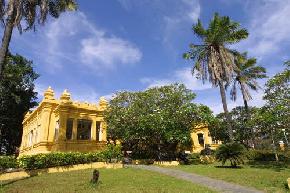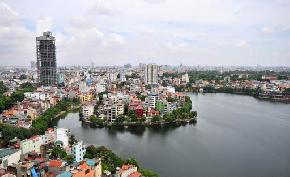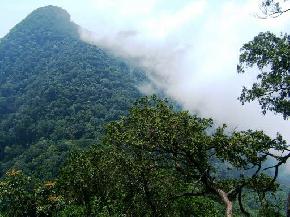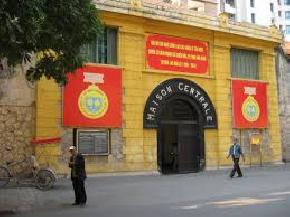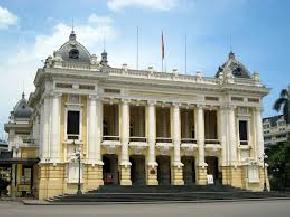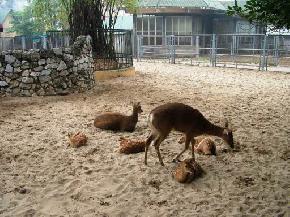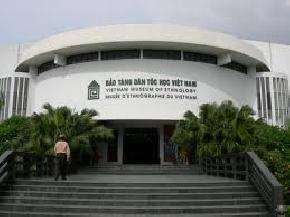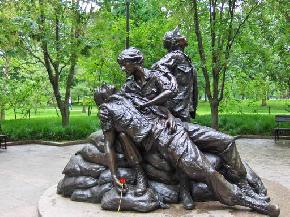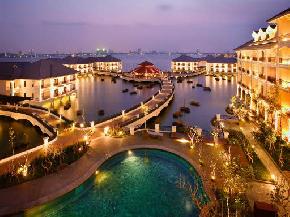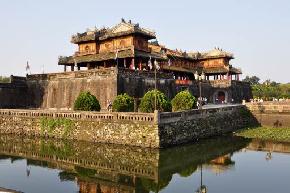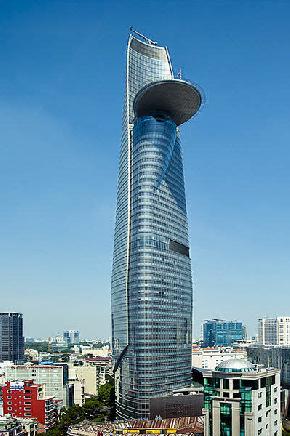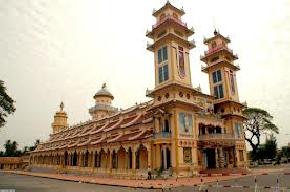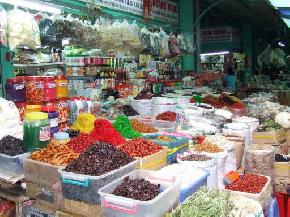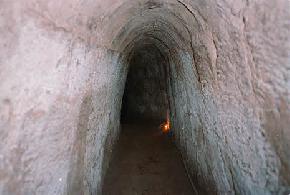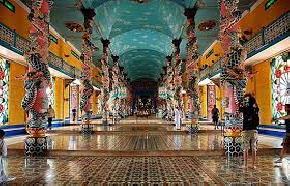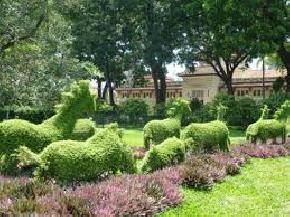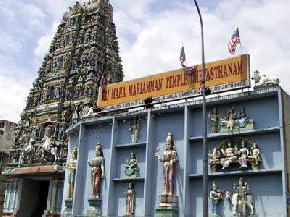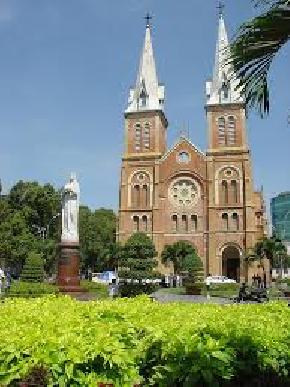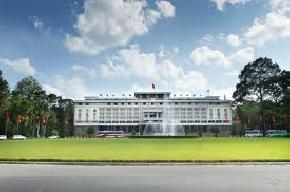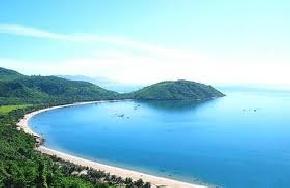The Museum of Cham Sculpture, Vietnam - museums, sculpture
With their roots dating back as far as 192 AD, Vietnam's aboriginal Cham people lived an Indian way of life in both culture and language. The Cham Museum in Danang is devoted to this period and the Champa existence which began chiefly in the coastal areas of Vietnam. Housing the biggest exhibition of Cham sculpture in the world, the museum displays almost 300 terracotta and stone works of art ranging from the 7th to the 15th centuries. The building itself suspiciously crafted with objects of worship including idols and holy animals bounded by flowers, leaves and turrets all symbols of Hinduism. The monarchy of Champa governed Southern Vietnam from 192 A.D to 1697 and left behind a bequest of unique Cham motifs and Hindu-flavoured architecture defining this period.

